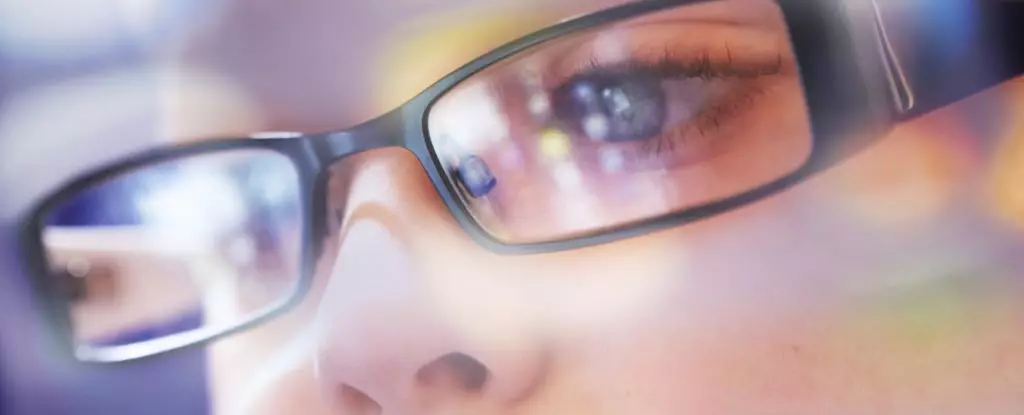In recent years, a quiet crisis has spiraled into a global predicament, with myopia, commonly referred to as shortsightedness, on the rise. New data indicates that more than 740 million children and adolescents worldwide might grapple with impaired distance vision by 2050. This alarming projection, detailed in a comprehensive study analyzing information from 50 countries, underscores the urgent need to address this burgeoning visual health issue before it reaches uncontrollable proportions.
The study helmed by researchers from Sun Yat-Sen University takes into account 276 studies, encapsulating information from approximately 5.4 million young individuals. The findings constitute a sobering overview of the situation: between 1990 and 2023, the percentage of myopic children and teens aged 5 to 19 rose dramatically from 24% to 36%. Japan currently has the highest incidence, with a staggering 86% of its youth population affected, while Paraguay reports a markedly lower prevalence at just 0.84%. If current trends persist, nearly 40% of young people globally could become myopic by 2050, with Asian populations forecasted to experience rates approaching 70%.
An unexpected player in this unfolding drama is the COVID-19 pandemic, which has catalyzed an increment in myopia rates among children. One study conducted in Hong Kong revealed a concerning spike among children aged 6 to 8, coinciding with pandemic restrictions that limited outdoor activities and enforced prolonged screen time. The shift to online learning placed an unprecedented strain on children’s visual health, particularly during formative years crucial for visual development. These observations raise critical questions about the long-term implications of sedentary indoor lifestyles and the overuse of digital devices.
While genetic factors undeniably contribute to the likelihood of developing myopia, they fail to explain the sudden surge in cases globally. Research indicates that even genetically predisposed children—those with nearsighted parents—are less likely to develop myopia if they engage in sufficient outdoor activities. This suggests a significant environmental dimension to the rising prevalence. Activities that promote outdoor play are believed to alleviate the incidence of myopia, as they expose children to natural light and reduce the strain put on their eyes by close-up tasks. During lockdowns, when children were often confined indoors, such beneficial activities diminished sharply.
The geographical differences in myopia prevalence are noteworthy. Data shows that the occurrence of myopia among youngsters in Africa is seven times lower than in Asia, but the reasons behind this geographic disparity remain ambiguous. It is theorized that variations in educational practices may contribute to these differences. In certain regions, such as Singapore and Hong Kong, advanced educational programs engage very young children long before formal schooling begins. This early immersion in rigorous academic structures may inadvertently heighten the risk of myopia due to increased screen time and less outdoor play.
The pressing need to understand the rise of myopia among the younger generation cannot be overstated. Public health experts advocate for immediate data collection and intervention strategies focused on this critical issue. It is vital to explore the intersection between environmental factors, educational methods, and lifestyle changes to develop effective preventive measures. Encouraging outdoor play, reducing screen time, and fostering a balanced approach to education could serve as potential strategies for reducing myopia rates among children and adolescents.
As the global landscape continues to evolve, so too must our approaches to public health. The ominous rise in myopia among children signals a need for proactive measures that prioritize visual health alongside educational goals. By committing to understanding the underlying causes of this epidemic and implementing science-backed interventions, society can turn the tide on this impending visual health crisis, ultimately ensuring that the future generation retains the gift of sight.


Leave a Reply